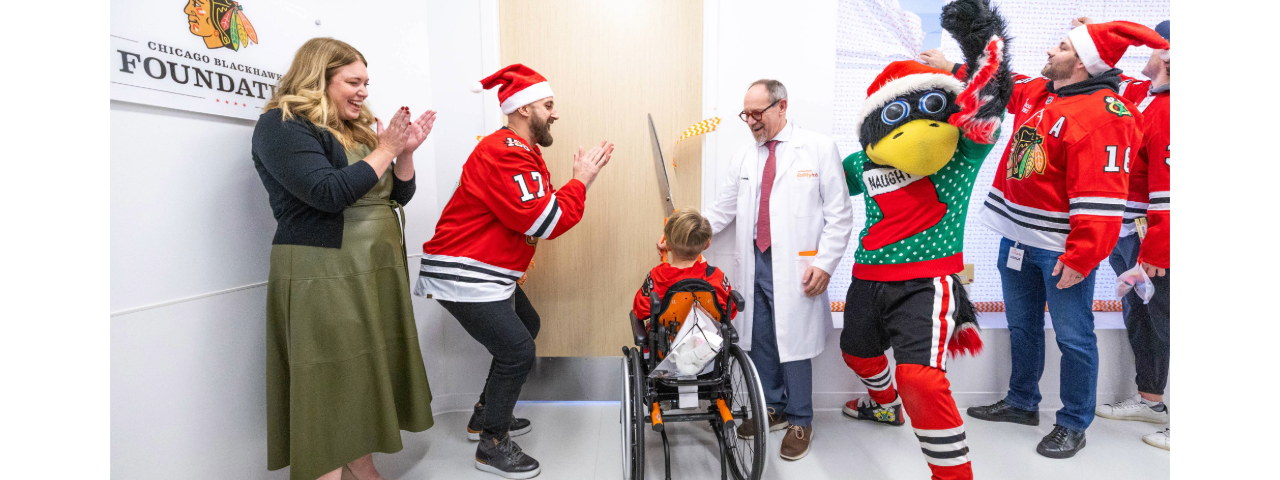Warm up: Muscle Activation Prior to Dancing
Body
Using class as a warm up is not sufficient enough to improve your technique. Instead, it is important to start class with the correct muscles “turned on”. Strong dance technique involves an extreme amount of neuromuscular control, and the muscle must be ready to receive input from the nervous system. This process is what results in precise technique and consistency.
What To Do Before Class for Muscle Activation
- Consider getting muscles warmed up with brisk walking as it increases the chemical reactions and improved blood flow required for muscle engagement.
- Dynamic stretching will lengthen muscles, such as attitude swings or split squats (NOT sustained stretching).
- Foam rolling the muscle belly, hamstrings and calves helps increase blood flow which results in better resting muscle length to tension.
Pre-Ballet Activation Example (10 minutes)
- Abdominal and Pelvic Floor activation lying on your back; marching series 90/90
- Bridges with variations: single leg, feet on foam roller, internal/external Rotation
- Sidelying lateral hip/hip abduction series: holds, repetitions, circles
- Single leg balance with appropriate muscular activation
- Standing posture scan immediately prior to beginning barre
Pay Attention to Your Postural Alignment
Body
By having the correct muscles “turned on” with a proper warm up, this should be easier. Keeping your ribcage stacked over your pelvis is vitally important for the ease of transferring weight from one leg to another. An easy way to check ribcage-to-pelvis alignment is to place a hand on your sternum and the other hand on your belly button. Make sure the hands are right on top of one another. The top hand should not be behind the lower hand.
Give Yourself Time to Form New Habits
Body
Remember: Habits take time to form and time to break. Pick one or two corrections you commonly receive from teachers and focus on them consistently for a period of three weeks. This will allow enough time to make a change by continued reinforcement.
In addition, try setting an intention prior to class to focus on. For example, during one class, try working on balance and finding your center. Keep the leg low but try to take your hand off the barre during barre as much as you can.
You can make the change you want to see in your technique with proper muscular activation, alignment, and continued mental focus!
Release Your Muscles at End of Day
Body
Having a daily muscle release routine is important. During sleep, the body’s job is to repair tissues and heal. However, if a muscle is chronically tight, the blood flow going to it is not optimal, which will effect the healing. Release these trigger points by spending ten minutes a night doing gentle stretching:
- Foam roller to release to quadriceps and psoas
- Ball release to gastrocnemius/soleus/plantar fascia
- Ball release to upper back/QL
Practice Good Nutrition
Body
Dancers are athletes with the added pressure of maintaining a low BMI. Dancers often eat little throughout the day in order to not feel full or bloated, which can lead to overloading at night. This can become a pattern that leads to disordered eating, low energy levels, and reliance on caffeine.
To combat this, having small, digestible snacks on hand throughout the day can keep energy up for rehearsals. Current studies recommend that within 30 minutes post-exercise, a combination of protein and carbohydrates should be consumed to aid with muscle recovery and stabilize blood sugar.
Think about ways to optimize nutrition during the day to better fuel the body. Consulting with a nutritionist can be a valuable experience to better understand how to stay lean, strong and healthy.
Learn More About Performing Arts Medicine
Mentioned Page
Performing Arts Medicine
ServiceBody
About Kathleen Darley, PT, DPT
Kathleen Darley is originally from Austin, Texas where she studied under scholarship at Houston Ballet before dancing professionally for numerous companies including The Joffrey Ballet, The Lyric Opera of Chicago, Ballet Memphis, and Chicago Festival Ballet. Her passion for dance inspired her to want to understand the science behind the art.
She earned her Bachelor of Science in Kinesiology and graduated magna cum laude from the University of Illinois at Chicago. She then went on to earn her Doctorate of Physical Therapy at Northwestern University. Kathleen has specialized in treating musculoskeletal disorders and Women’s Health. She has continued her education through the Institute of Physical Art, American Physical Therapy Association, Herman and Wallace, and the Barral Institute.
She currently practices at Shirley Ryan Ability Lab treating women with musculoskeletal and pelvic floor disorders. She melds a hands-on approach to patient care with strong emphasis on neuromuscular reeducation. She also holds certifications in both yoga and Pilates. In her free time, she can be found enjoying time taking walks by the lake with her 2-year-old son or dancing.
About Katie Zisk, PT, DPT
Katie Zisk is originally from Richmond, Virginia where she grew up progressing through the School of Richmond Ballet and was a trainee for the 2007-2008 season. She was also on the Varsity Dance Team as well as participating in multiple dance clubs during her undergraduate education at the University of Virginia.
She earned her Bachelor of Science in Education in Kinesiology with Sports Medicine Concentration from the University of Virginia. She earned her Doctor of Physical Therapy degree at The George Washington University in Washington, DC. Katie is a Board Certified Orthopedic Clinical Specialist and is a Fellow of the American Academy of Orthopedic Manual Physical Therapists after completing the Northwestern University Fellowship in Advanced Orthopedic Physical Therapy Practice, Research and Education in 2020-2021.
She currently practices at Shirley Ryan AbilityLab at their Adaptive Sports & Fitness and Outpatient Physical Therapy Center. She treats all musculoskeletal conditions and has a special interest in treating performing artists.

